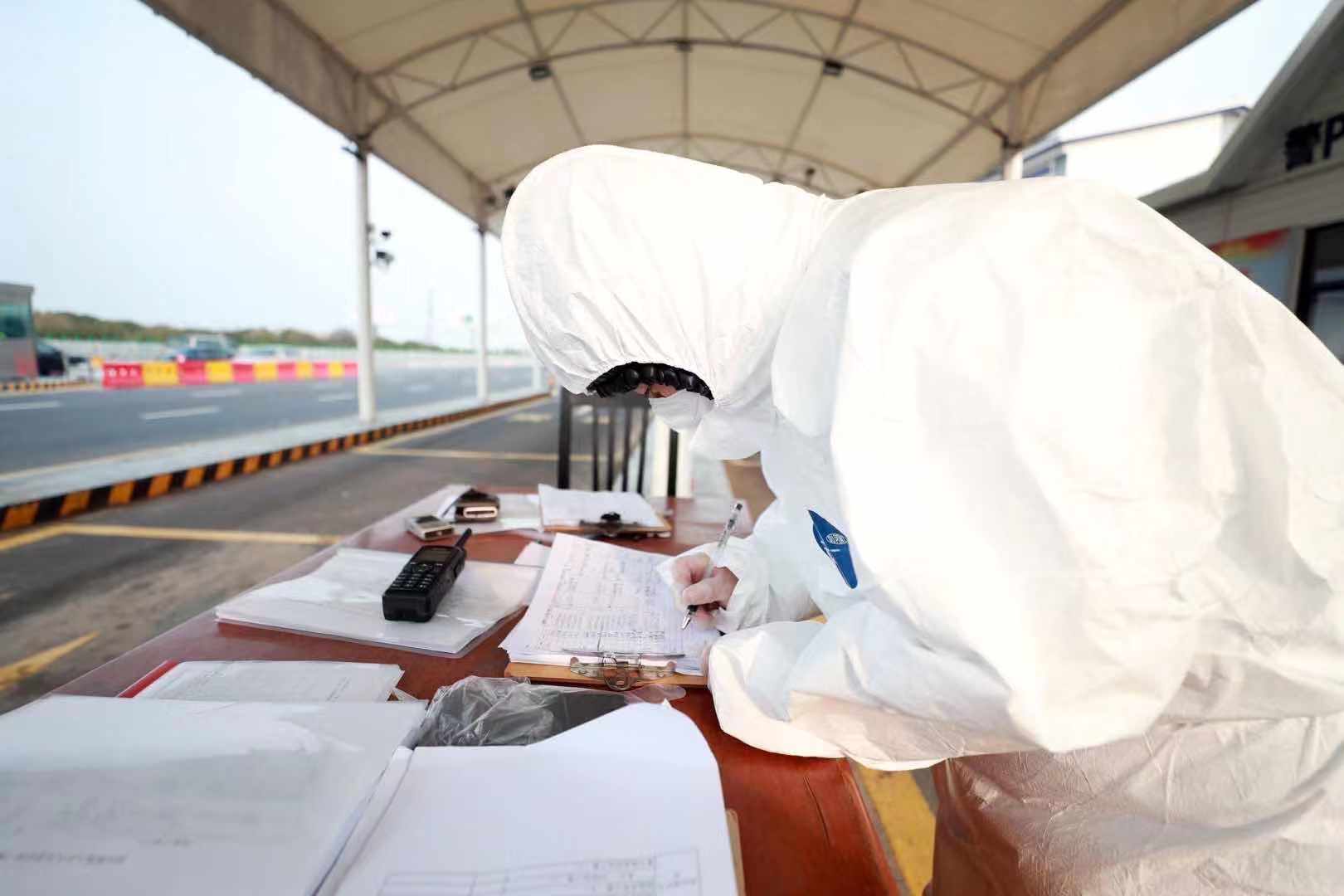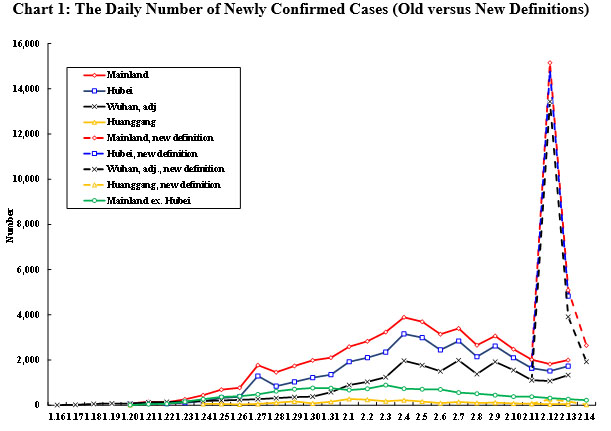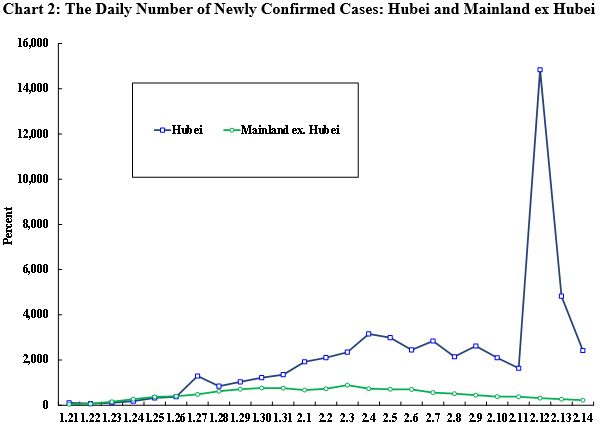
Just when the daily number of newly confirmed COVID-2019 coronavirus cases seemed to have levelled off in China, it has an unexpected steep jump, from 2,015 to 15,152 on 12 February, or more than 750%. The overwhelming bulk of the increase came from the Province of Hubei, where the number of newly confirmed cases increased from 1,638 to 14,840 on 12 February. Similarly, the number of newly confirmed cases in Wuhan, the capital of Hubei, increased from 1,104 to 13,436 on 12 February. This unexpected steep jump has brought back accusations of lack of transparency on the part of the Chinese government in a number of Western media including the CNN and the New York Times. This jump can be explained on the basis of data published by the National Health Commission of China. It was the result of a change in the definition of a “confirmed case” adopted by Hubei so that it conforms to the definition used in the rest of the Mainland, making the data comparable nationally. There was no change in the criteria for a confirmed case in the rest of the Mainland.
Before 12 February, Hubei had maintained a stricter criteria for a confirmed coronavirus case than the rest of the Mainland. Among the three or four criteria for the determination of a confirmed case, it was necessary for a patient to be tested positive by a specific blood test for the coronavirus virus. Even if a patient satisfied all of the other criteria, and despite observed clinical symptoms, he or she would not be classified as a confirmed case without this positive test. Under the new definition, this condition is no longer absolutely necessary, as long as the other criteria are satisfied. This change in the definition led to the reclassification of some previously unconfirmed cases as confirmed cases, resulting in a steep one-time increase in the number of confirmed cases in Hubei. However, the underlying situation remained the same. While the high daily numbers may continue for a couple more days as additional old cases are reclassified, they should eventually settle down to the pre-definitional-change levels.
I have made an attempt to estimate the numbers of the newly confirmed cases under the old definition since 12 February, using the geographically disaggregated data published by the Chinese government. The results are presented in Chart 1, which shows that under the old definition (the solid lines), the numbers of newly confirmed cases have continued their generally downward trends both inside and outside of Hubei. The numbers of the newly confirmed cases under the new definition for Hubei and its two cities, Wuhan and Huanggang, are also presented in Chart 1 as broken lines. It shows a steep jump on 12 February, and then a steep fall on 13 February, and a return to a level comparable to the pre-definitional change period on 14 February. The jump was caused exclusively by the change of definition for Hubei, which accounted for an increase of 14,840 out of a total of 15,034 newly confirmed cases for the Mainland as a whole. The numbers of cases outside of Hubei were unaffected.

In Chart 2 we present the daily number of newly confirmed cases in Mainland ex Hubei and in Hubei under the new definition. It is clear that the number of newly confirmed cases in Hubei has returned more or less to normal on 14 February after the steep jump on 12 February, as expected. It was 2,420 on 14 February, lower than 2,618, the number on 9 February, before the change in the definition. It looks ready to resume its downward trend. The number of cases for Mainland ex Hubei has continued to decline since it began doing so on 3 February. This is most encouraging--it means that the coronavirus is under control elsewhere on the Mainland and should remain so as long as Hubei continues to be sealed off.

The change in the definition of a confirmed case to conform to the definition used in the rest of the Mainland is completely justified. It probably should have been done some time ago, but better late than never. Hubei just underwent a change in political leadership within the past couple of days. There is absolutely no incentive for the new leaders to understate the number of newly confirmed cases.
